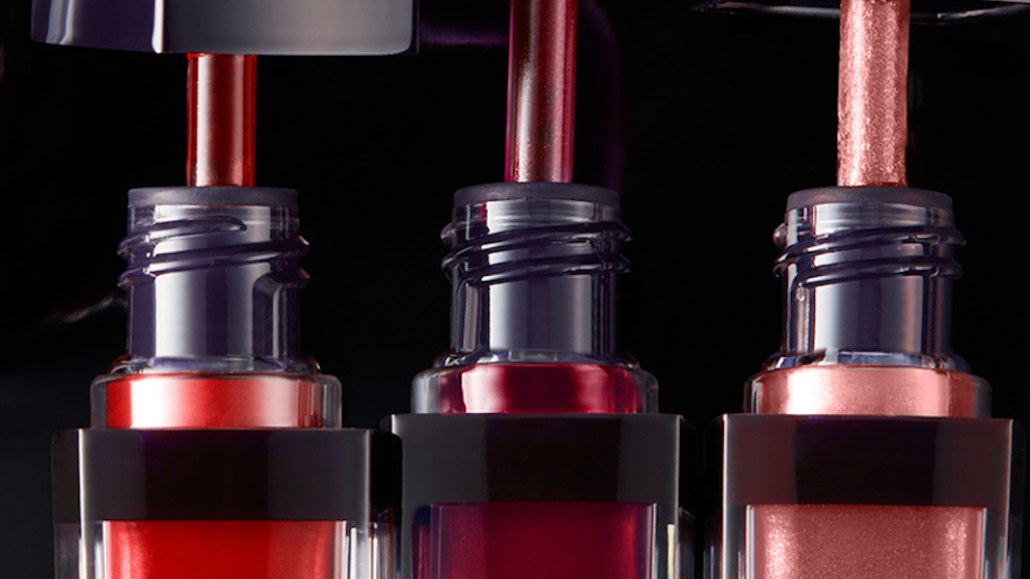
As legacy beauty brands struggle to compete with the onslaught of younger, digitally savvy companies like Glossier and e.l.f., navigating the holiday sales period online has become even more important.
This year, the Estée Lauder Companies ramped up its digital efforts for the Black Friday shopping holiday to ensure that its umbrella of brands would stay top-of-mind for consumers. That involved the growth of the company’s digital “war room,” expanded virtual services and an improved purchasing experience. The changes managed to drive sales by 58 percent over the same period last year.
“It’s a really busy three to four days that require a whole year of preparation,” said Salima Popita, the company’s vice president of global consumer acquisition and retention. “But it was worth it — it was our best holiday yet, in terms of execution.”
Historically, on Cyber Monday, the company has staged a cross-brand war room of sorts in its New York City headquarters, where the digital team comes together to manage and monitor the frenzied sales day in real time as best they can. This year, they set up the war room for Black Friday, too, and added international arms in the U.K. and Hong Kong.
“It allowed us to be much more reactive, globally, on these critical days,” said Russ Moorehead, Estée Lauder’s svp of global digital operations and innovation.
The headquarters’ setup had 35 people working at any given time and was dialed-in to a conference line shared with both the other war rooms, as well as smaller teams from each brand. The setup allowed for real-time monitoring of consumer engagement, site performance, sales performance and customer service outlets (including live chat, ratings, reviews and social media).
Inside the war room, focus was on customer experience and personalization. While companies like Amazon and Walmart have become known for their great service, said Moorehead, luxury shoppers have different, more personalized expectations for what that means.
“They might have free shipping both ways, but you’re not necessarily looking at them as product experts,” he said. “When you’re on MacCosmetics.com doing a live chat, you’re actually speaking with a makeup artist who can direct you to the best product for your needs, not just someone who can tell you what to do if your lipstick breaks.”
As the company has noticed more people seeking out customer service reps available for live chat, it increased its live-chat staff coverage by 40 percent, compared to last year, and extended the service to nine brands.
The feature, available for brands including MAC and the namesake Estée Lauder, was especially popular on mobile, said Popita. The company reported a 60 percent increase in mobile traffic during the period, compared to the year prior, as well as the highest conversions it’s ever seen, having increased 20 percent from last year.
“We’re starting to see the payoff of customers getting pumped about mobile and being able to transact from wherever they are,” she said.
Another popular feature was the augmented reality virtual try-on option, which was rolled out for the first time this past year for brands including Clinique, MAC, Smashbox and Estée Lauder. The technology seems to have paid off: The brand saw two-times the conversions for users who interacted with it, with each user trying on an average of nine makeup shades per session.
To further enhance the shopping experience, the company also partnered with the post-purchase experience company Narvar to create better branded order and shipping confirmation emails. “Normally, those are not very high-touch or brand integrated,” explained Moorehead. Narvar allows companies to brand these emails along the lines of their site experience and uses a special algorithm to tell consumers exactly when their package will arrive.
To Estée Lauder’s surprise, the technology — which allows for in-email promotional buttons and product-centric content — also helped to drive further post-purchase orders, something it hadn’t seen before.
“It’s given us the opportunity to continue our storytelling beyond the sale,” said Moorehead.
More in Marketing

Zero-click search is changing how small brands show up online — and spend
To appease the AI powers that be, brands are prioritizing things like blogs, brand content and landing pages.

More creators, less money: Creator economy expansion leaves mid-tier creators behind
As brands get pickier and budgets tighten, mid-tier creators are finding fewer deals in the booming influencer economy.

‘Still not a top tier ad platform’: Advertisers on Linda Yaccarino’s departure as CEO of X
Linda Yaccarino — the CEO who was never really in charge.









